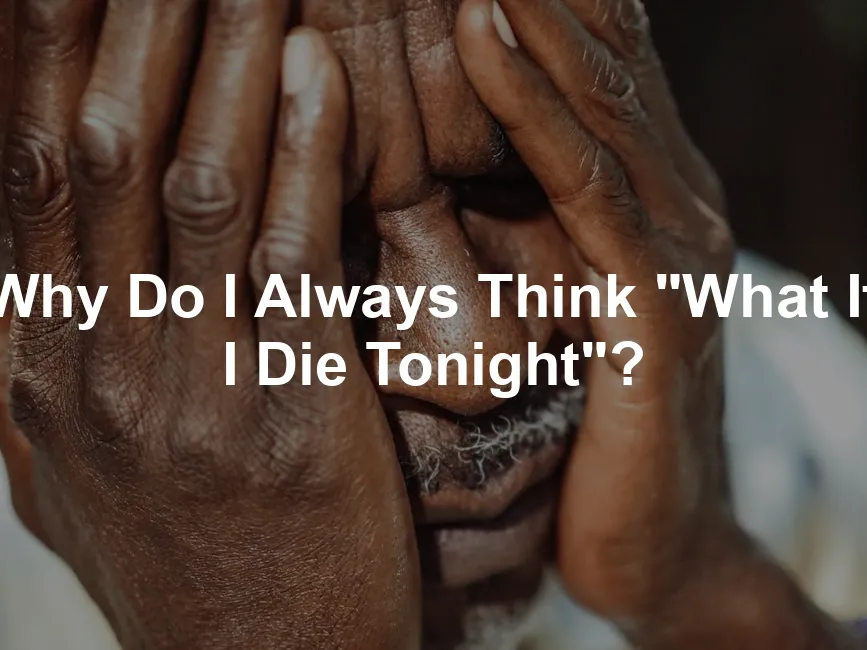
Why Do I Always Think “What If I Die Tonight”?
Introduction
Have you ever found yourself pondering the question, “What if I die tonight?” This thought can feel heavy and unsettling. It’s part of what psychologists call death anxiety. Many people experience existential thoughts about mortality, often leading to anxiety and stress. You’re not alone in having these feelings, and they can significantly impact your mental health. In this section, we’ll explore the reasons behind such thoughts and how they affect our daily lives.
If you’re looking for a deeper understanding of how trauma affects our lives, consider picking up “The Body Keeps the Score” by Bessel van der Kolk. This book dives into how trauma can shape our lives and offers insights into ways to heal.
Summary and Overview
Death anxiety is the intense fear of death and the dying process. It often relates closely to anxiety disorders. This fear can stem from various sources, including cultural beliefs, personal experiences, and societal attitudes. These factors can amplify our worries about death. The emotional toll can be significant, affecting how we live our lives. We’ll cover the emotional impact of these thoughts, the roots of death anxiety, and coping mechanisms to help manage these feelings.

For those who enjoy a thought-provoking read, “Tuesdays with Morrie” by Mitch Albom is a must-read. It beautifully encapsulates life lessons shared between a professor and his student, focusing on what truly matters before we leave this world.
Understanding Death Anxiety
What is Death Anxiety?
Death anxiety refers to the fear of one’s own death or the dying process. While it’s normal to have some fear about death, this anxiety can become overwhelming for some. When it crosses into pathological territory, it disrupts daily life. Symptoms may include feelings of panic, rapid heartbeat, or avoidance behaviors. Recognizing these symptoms is crucial for addressing this anxiety effectively. Understanding death anxiety can help us navigate these thoughts and emotions more healthily.
If you’re seeking a powerful narrative on the search for meaning, check out “Man’s Search for Meaning” by Viktor E. Frankl. This book explores the importance of finding purpose even in the most challenging circumstances, making it a great companion in understanding our fears.
Psychological Perspectives
The Role of Anxiety Disorders
Anxiety disorders often fuel thoughts about dying. Generalized Anxiety Disorder (GAD) and panic disorder are common culprits. They create a constant worry about health and mortality. People with GAD may obsess over worst-case scenarios. Panic disorder can lead to sudden feelings of impending doom. These thoughts can feel overwhelming, making the fear of death seem imminent.
Statistics show that anxiety disorders affect millions globally. About 6.8 million adults in the U.S. suffer from GAD alone. Panic disorder affects around 6 million adults. These disorders manifest through physical symptoms, like heart palpitations and shortness of breath. Such sensations can mimic signs of dying, increasing fear and anxiety.

Coping Mechanisms and Their Effectiveness
Managing death anxiety can involve various coping strategies. Mindfulness practices help many people stay grounded. They encourage focusing on the present moment instead of future worries. Therapy, particularly Cognitive Behavioral Therapy (CBT), is also effective. CBT helps individuals challenge and reframe irrational thoughts about death. Understanding coping strategies is essential for handling anxiety.
To enhance your mindfulness practice, consider using a Meditation Cushion. It provides comfort during your meditation sessions and helps you maintain focus on the present.
Coping strategies can be vital in managing anxiety and improving mental health. why are coping strategies essential for handling anxiety in daily life
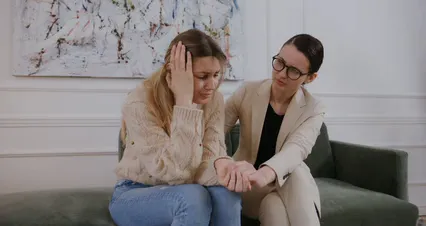
Medication can provide relief for some. Antidepressants and anti-anxiety medications are common options. However, the best approach often combines therapy with lifestyle changes. Regular exercise and social support are vital. Engaging with loved ones can foster a sense of belonging and reduce feelings of isolation. Consider utilizing a Yoga Mat for Mindfulness Practices to incorporate physical activity into your routine.
Cultural Influences on Death Perception
Societal Attitudes Towards Death
Cultural beliefs shape how we view death. Some cultures celebrate it, while others see it as taboo. For instance, in Mexico, the Day of the Dead honors deceased loved ones. This perspective can lessen the fear of dying. In contrast, Western societies often avoid discussing death. This avoidance can intensify anxiety surrounding mortality.
Studies reveal that attitudes toward death vary widely across cultures. For example, a survey found that 70% of participants in the U.S. fear death. In contrast, only 30% in countries like Bhutan express similar fears. Understanding these cultural differences can help individuals cope with their own death anxiety. It creates a broader context for personal fears and experiences. Cultural influences can significantly impact our perceptions and fears.
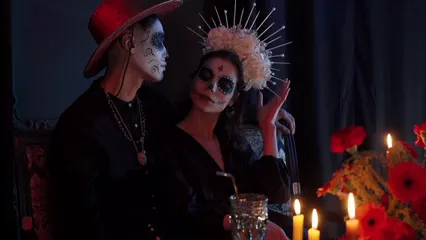
Cultural influences play a crucial role in shaping our fears and perceptions. why do cultural influences impact fear of public speaking in 2024
Media and Its Impact
Media plays a significant role in how we perceive death. Movies, news, and social media shape our understanding and fears surrounding mortality. For instance, films often dramatize death, making it seem sudden or tragic. This portrayal can leave viewers feeling anxious about their own lives.

News coverage frequently focuses on violent deaths or disasters, which can heighten anxiety. Constant exposure to such stories can create a sense of impending doom. Social media also contributes to this fear. Platforms filled with posts about illness or accidents make death a constant topic of discussion.
Consider how popular shows depict death. Characters often face life-threatening situations, leading viewers to ponder their mortality. This can trigger thoughts of “What if I die tonight?” and amplify existing anxieties.
Understanding these influences can help us recognize media’s role in our thoughts about death. By looking critically at these representations, we can work toward healthier perspectives on mortality. If you enjoy exploring these themes further, consider reading “The Art of Happiness” by Dalai Lama, which offers insights into cultivating joy amidst life’s challenges.
Personal Reflections and Experiences
Anecdotes of Facing Mortality
Many individuals have faced moments that triggered thoughts of mortality. A friend of mine, after surviving a near-fatal car accident, began reevaluating his life. He realized how quickly things can change. This experience led him to embrace life more fully, nurturing relationships he once took for granted.

Another case involves someone who lost a family member unexpectedly. This loss made her reflect on her own life choices. The grief pushed her to consider what truly mattered, leading to a major life overhaul. Such experiences often spark deep contemplation about our own mortality and the paths we choose.
These stories highlight how life-changing events can trigger thoughts of dying. They remind us to cherish life and make meaningful choices while we can. If you’re interested in personal growth, check out “Being Mortal” by Atul Gawande, which delves into the importance of end-of-life discussions and choices.
The “What If” Mentality
The “what if” mentality regarding death is rooted in anxiety. It often stems from a fear of the unknown. This way of thinking can lead to regrets about past choices. For example, someone might ask, “What if I never told my best friend how much they mean to me?”
This constant worry can create a cycle of anxiety, making it hard to live in the moment. We might find ourselves fixating on missed opportunities instead of enjoying the present. It’s essential to recognize this pattern.

Addressing these thoughts can help us shift our focus. Instead of dwelling on what could have been, we can start making choices that align with our values. This shift can reduce anxiety and lead to a more fulfilling life. If you’re looking for ways to express yourself, consider a Journal for Personal Reflections to help you articulate your thoughts and feelings.
Strategies for Managing Death Anxiety
Therapeutic Approaches
Feeling anxious about death is more common than you think. Cognitive Behavioral Therapy (CBT) is a popular approach. It helps you challenge negative thoughts. By reframing your mindset, you can reduce anxiety. Exposure therapy is another effective method. It gradually exposes you to thoughts of death, helping you confront fears.
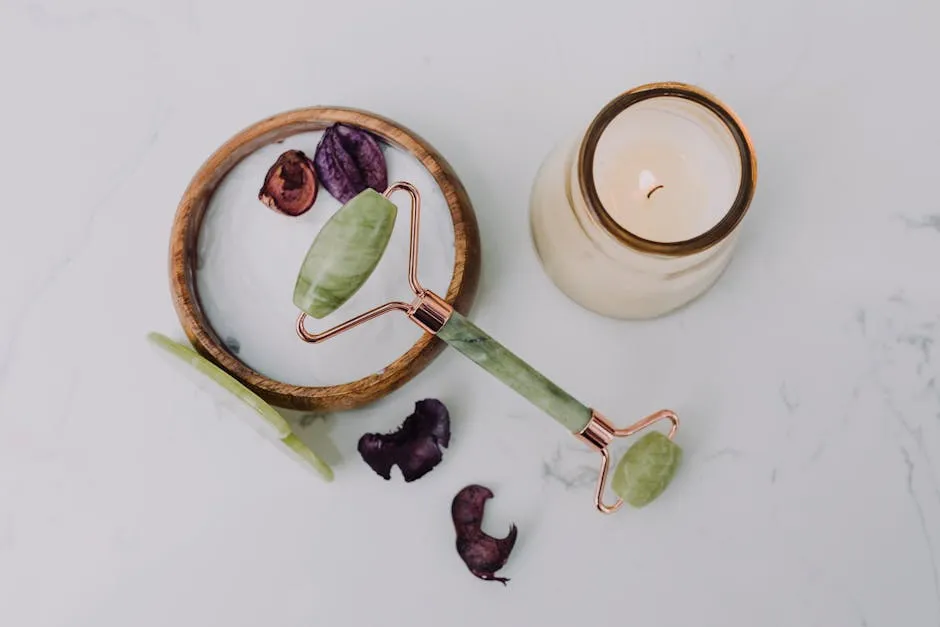
Professional support is crucial in this process. Therapists provide a safe space to discuss your feelings. They offer tools and strategies tailored to your needs. Don’t hesitate to seek help if your anxiety feels overwhelming. Remember, addressing these feelings can lead to a healthier mindset.
Building a Meaningful Life
Focusing on living fully can help ease death anxiety. When you engage in meaningful activities, fears often fade. Start by identifying what brings you joy. Is it spending time with loved ones or pursuing hobbies? Make a plan to prioritize these activities daily.
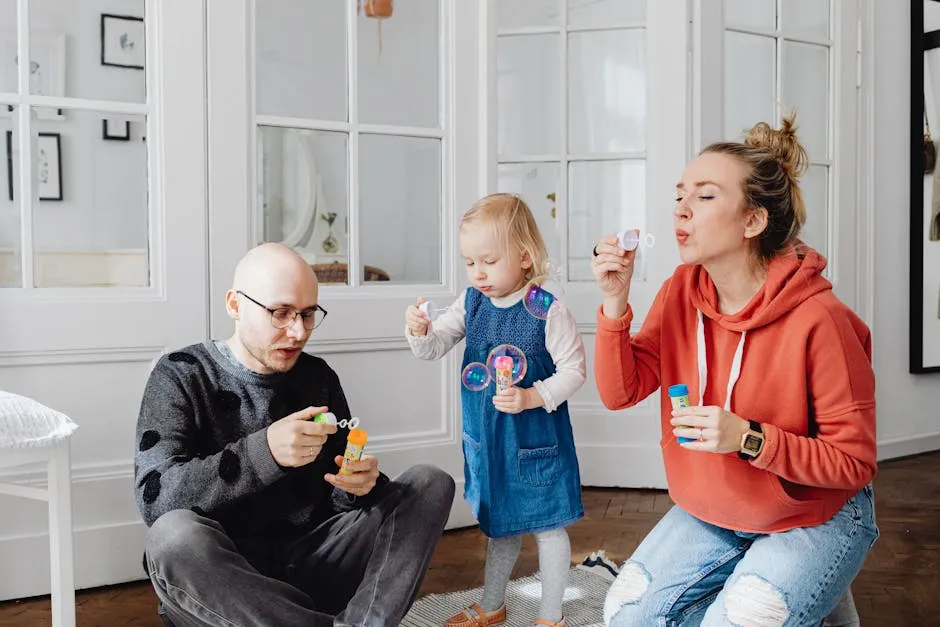
Here are some actionable tips to get started:
- Set Goals: Write down short-term and long-term goals. This gives you direction and purpose.
- Practice Gratitude: Reflect on what you’re grateful for each day. This can shift your perspective and enhance positivity.
- Connect with Others: Build strong relationships. Share your thoughts and feelings with friends or family. Their support can be invaluable.
- Volunteer: Helping others can create a sense of fulfillment. It also connects you to your community.
Living a meaningful life not only alleviates anxiety but also fosters mental well-being. Embrace each moment, and remember, life is fleeting. Make the most of it. If you’re looking for a way to enhance relaxation, try an Aromatherapy Essential Oil Diffuser to create a calming environment.
Conclusion
In this exploration of death anxiety, we covered its therapeutic approaches and the importance of living meaningfully. Addressing these feelings is essential for mental health. Seeking professional support can provide relief and guidance. Reflect on your life choices and align them with your values.
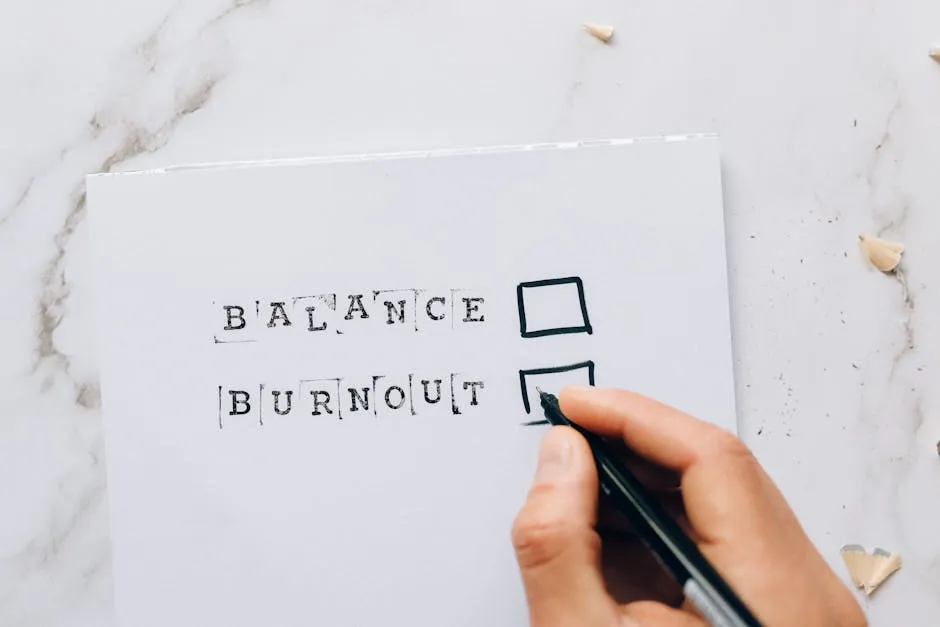
Consider what truly matters to you. Are you living in a way that resonates with your core beliefs? By focusing on these aspects, you can find peace amid existential fears. Embrace life, cherish connections, and take steps toward a fulfilling existence. If you want to explore mindfulness further, consider a gift card for a Meditation App to help you start your journey.
FAQs
What are the signs of death anxiety?
Death anxiety can manifest in various ways. Common symptoms include intense fear when thinking about death, panic attacks, and physical reactions like sweating or trembling. You might also avoid situations that remind you of mortality. If these feelings disrupt your daily life, consider seeking professional help. Don’t hesitate to reach out to a therapist or counselor who specializes in anxiety disorders. They can provide guidance tailored to your needs.
How can I cope with my fear of dying?
Coping with death anxiety involves several practical strategies. Start by practicing mindfulness. Focus on the present moment to reduce worry about the future. Engaging in deep-breathing exercises can also help calm your mind. Journaling your thoughts about death might provide clarity and relief. Additionally, consider discussing your fears with a trusted friend or therapist. Sharing your feelings can lighten the emotional burden.
Is it normal to think about death frequently?
It’s normal to have occasional thoughts about death. Many people experience existential reflections, especially during significant life events. However, if these thoughts become obsessive or distressing, it might be a sign of underlying anxiety. Differentiating between normal curiosity about death and pathological concerns is crucial. If you find that your thoughts hinder your ability to enjoy life, it may be time to seek professional support.
What role does therapy play in managing death anxiety?
Therapy can be incredibly beneficial for managing death anxiety. Cognitive Behavioral Therapy (CBT) is particularly effective. It helps you identify and challenge irrational thoughts about death. A therapist can guide you in developing coping strategies. They provide a safe space to explore your feelings and fears. If your anxiety feels overwhelming, don’t hesitate to seek help. Professional support can lead to significant improvements in your mental well-being.
How can mindfulness help with death anxiety?
Mindfulness encourages living in the moment. It teaches you to observe your thoughts without judgment. This practice can reduce the intensity of anxious feelings about dying. Techniques such as meditation or yoga can promote relaxation and awareness. By focusing on your breath or sensations in your body, you can ground yourself. Over time, mindfulness can help you approach thoughts of death with greater acceptance and less fear.
Please let us know what you think about our content by leaving a comment down below!
Thank you for reading till here 🙂
All images from Pexels




